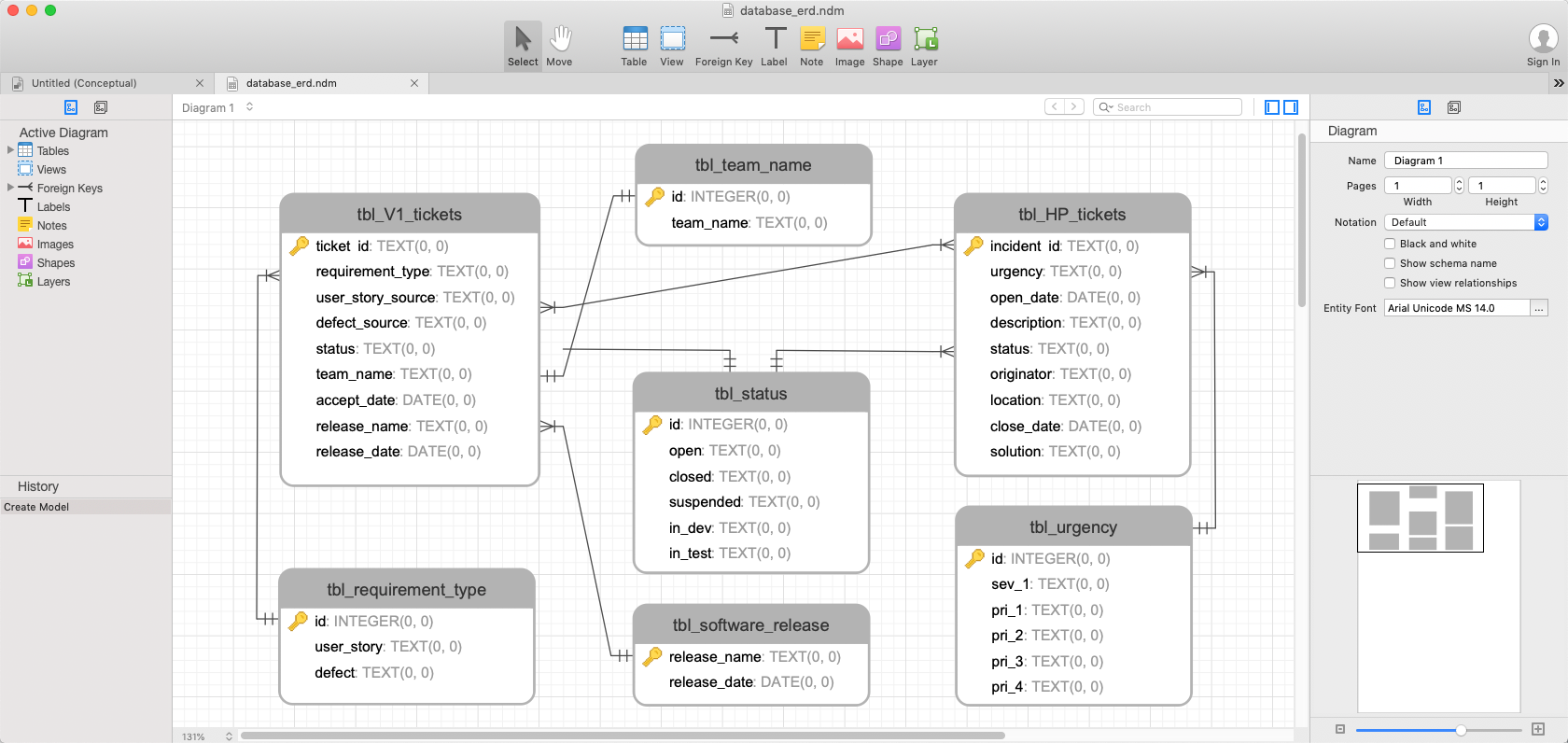
There are situations when you might want to consider a system that would support your post-production efforts. This leads us to our second type of database. Perhaps we want help in the creation of our videos. You could input your own media information, but your categories will be mostly limited to those relevant to watching or listening. They are limiting however, in that they don’t support the customization general database programs possess. These programs are usually built with a specific interface and categories that are already established, so you don’t need to set them up.

If you like an actor in the film, you can select their name to bring up what other roles they’ve played (Think of all the six degrees of Kevin Bacon games you could win!) This is one of the easiest databases to host because much of what you get can be instantly and automatically retrieved from the Internet (like how music programs can retrieve information on your ripped CDs). You can browse your movies, search by genre, release year, etc. (Think of the Netflix browsing interface customized to only videos you own). On the personal side, you might use one as a catalog of all your Blu-rays, DVDs and CDs. The first type is basically an in-depth catalog presenting everything you ever wanted to know (and many things you never cared to) about your audio and video library. There’s no reason you can’t mix and match them, but successful systems require a meticulous commitment to inputting all of the data, all of the time, so sometimes it’s best to focus on your primary needs first. There are three primary types of databases relevant to the video industry. It’s a great way to get everyone on the same page. Meanwhile your production crew can record exactly how a shot was taken. In addition, the business end of your company can use it to confirm that all noteworthy points are cleared for rights and contacts. This data can then be shared with, analyzed and manipulated by everyone else in your network for use in other projects. Some can also be integrated with your edit system(s) so that they will enter all the content automatically as you log your clips into the capture tool. Truly complex offerings include thumbnails, previews, lens filter and exposure, performer contact information… the list is endless. A simple database might contain the content, source location and duration of all the shots in a project, kind of like your media logs do now. With it, you should be able to find any given shot, and all relevant information about said shot, at a moment’s notice.

Think of a media database system as a reference book written about all your projects.


 0 kommentar(er)
0 kommentar(er)
